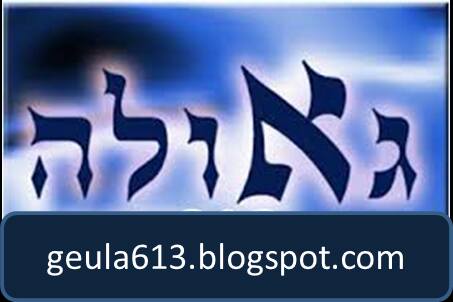The Gemora in Berachos 14b reveals a
wonderful promise: Whoever says Tehiliah l’Dovid (Ashrei) three times a day can
be confident that they are a member of the Afterlife. The Gemora promptly asks:
Why is this true for this particular chapter of Tehillim? The Gemora answers in
part because it contains the critical verse, “Posei’ach es yodecha umasbi’ah
l’chol chai ratzon – You (HaShem) open up Your hand and satisfy every living
being’s desires.” The Gemora’s answer begs the question: What is so fundamental
about this verse that it guarantees one who follows its sentiment a berth in
the Afterlife? The Yechi Reuven explains that this posuk champions the power of
one’s ratzon, one’s will. As the Gemora states in Makkos 10b, “B’derech
she’hadom rotzeh leileich molichin oso – In the way a person wants to go,
Hashem leads him.” Or as Rav Nachman of Breslov, Zt”l, Zy”a, put it succinctly,
“Ein dovor omeid bifnei haratzon – Nothing stands in the way of one’s will.”
The word ratzon has the same Hebrew letters
as the word tzinor, a pipeline, for one’s will acts as a conduit to bring down
from Heaven the power to bring one’s will to fruition. Thus, we find by the
wicked Bilaam that Hashem initially told him not to go with the messengers of
Balak to curse the Jewish people. ‘It’s a fool’s mission.’ ‘How can you curse a
blessed people?’ But the very next day, HaShem tell Bilaam, “If the nobles of
Balak are coming for you, go with them.” How strange. First, HaShem
categorically says not to go and the next day He says to go.
The Gemora explains that Bilaam had a
ferocious ratzon to go. He wanted the international glory and incredible
treasures that Balak promised him. And, ‘the way a person desires, that is the
way they are led.’
The Vilna Gaon, Zt”l, Zy”a, considers the
mission of developing the right desires to be so vital that he reveals it is
one of the six critical life pursuits that are embedded in the mnemonic of the
first word of the Torah, Bereishis. They are: Beis, bitachon, trust in HaShem;
Reish, ratzon, having the right will; Alef, ahava, which embraces love for
HaShem, your fellow man, love for your spouse, etc.; Shin, shtika, silence,
knowing when to keep your mouth shut; Yud, yirah, fear of HaShem; and Tof,
Torah.
Now, let’s get practical. Since we all want
to have a nice portion of the Afterlife, we all need to develop the proper
desires that will fuel our success in life. After considering the issue, I
realized that one of the things that strongly formulates our desires is the
environment that we are in. If the people around us put a premium on imbibing
the finest single-malt scotch, that will become a big desire. If their sense of
worth is measured by the car they drive, the house they live in, the summer
home they possess, and the posh weddings that they make, then that will be
one’s major desire.
But, if one lives in an environment where
finishing masechtas, having children talmidei chamamim, and davening a good
Shemone Esrei are the trappings of success, then these will be the goals of
their desires.
Another great help towards having the
proper desires is the study of mussar. Classics susch as the Mesilas Yeshorim,
Chovos HaLevos, Malos HaMidos, all whom have been translated into English, are
great ways to acquire the right desires. Finally, having a Rebbe of Mechaneses
also is a great way to develop the right ratzonos. As the Alter of Slabodka, Zt”l,
Zy”a cautions, it’s not enough to want to want. You must really want to never
lose your temper at home, to spend more time with your children, to make your
spouse happy, to learn Torah every twelve hurs, to give lots of charity, to
gladden the hearts of your parents.
In the merit of developing the right
ratzon, may HaShem bless us with long life,
good health, and everything wonderful.
May this be a zechus for the speedy refuah
sheleima of my Rebbetzin, Miriam Liba bas Devorah, besoch shaar cholei Yisroel.
By Rabbi Moshe Meir
Weiss

